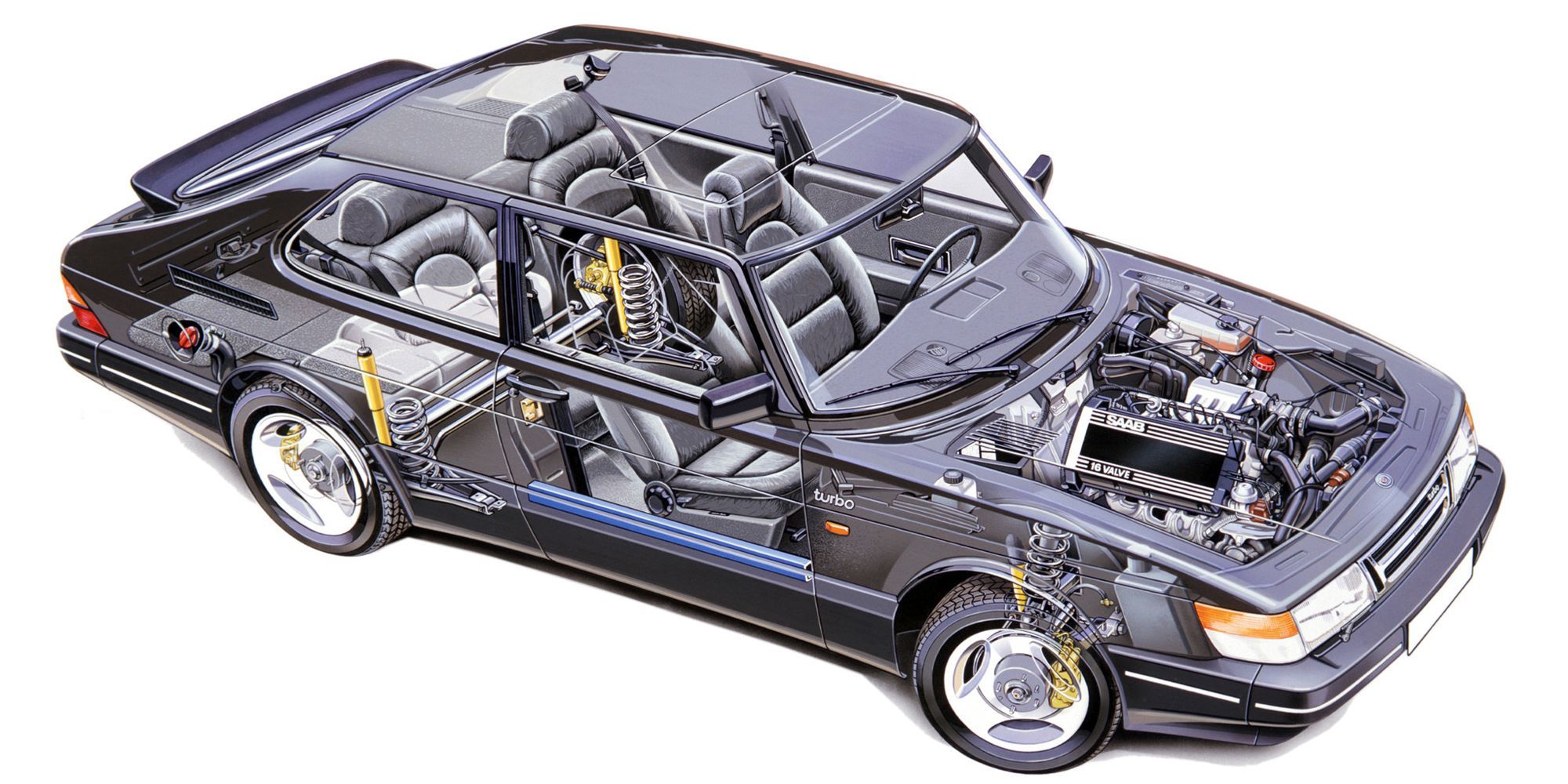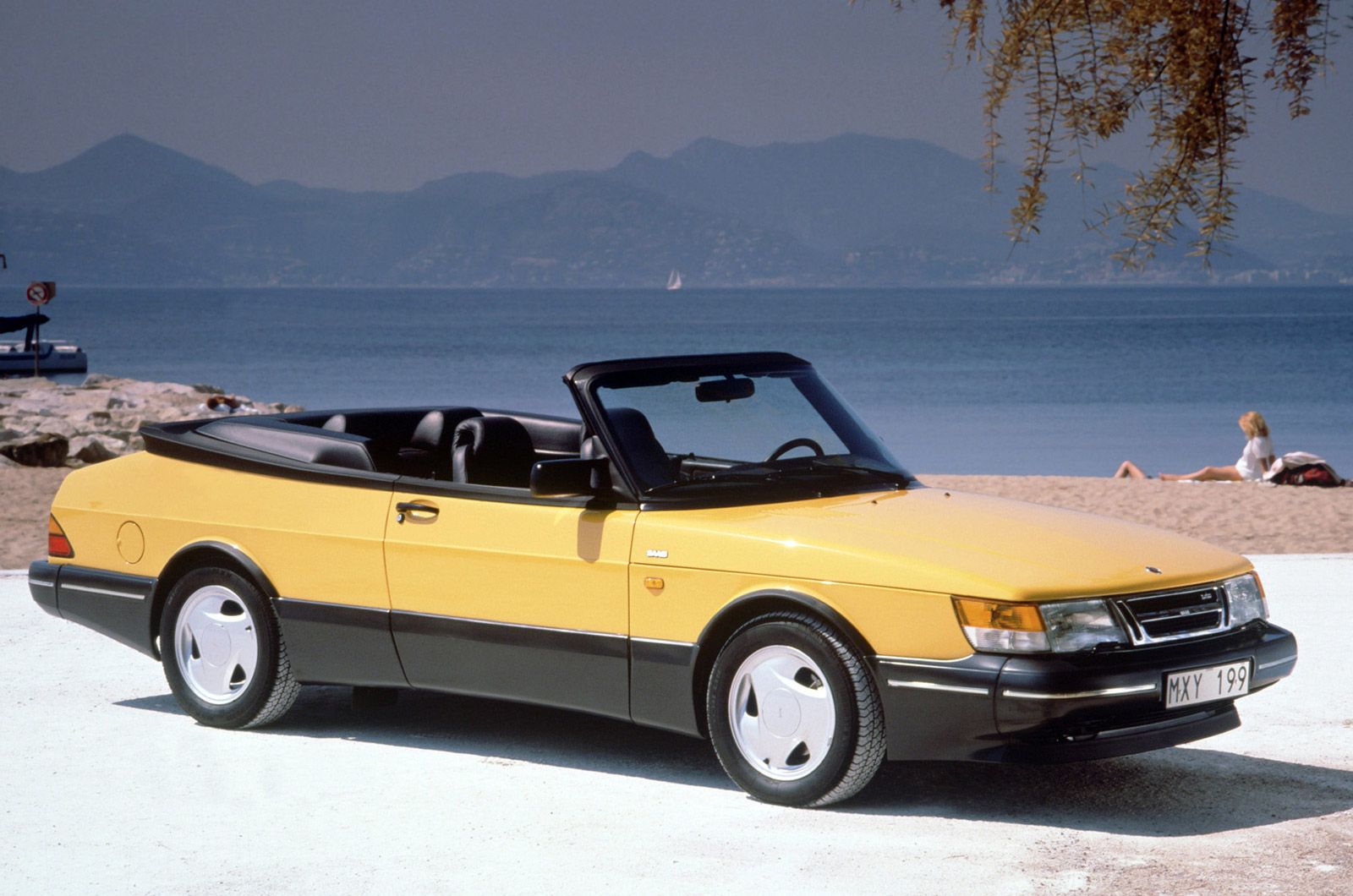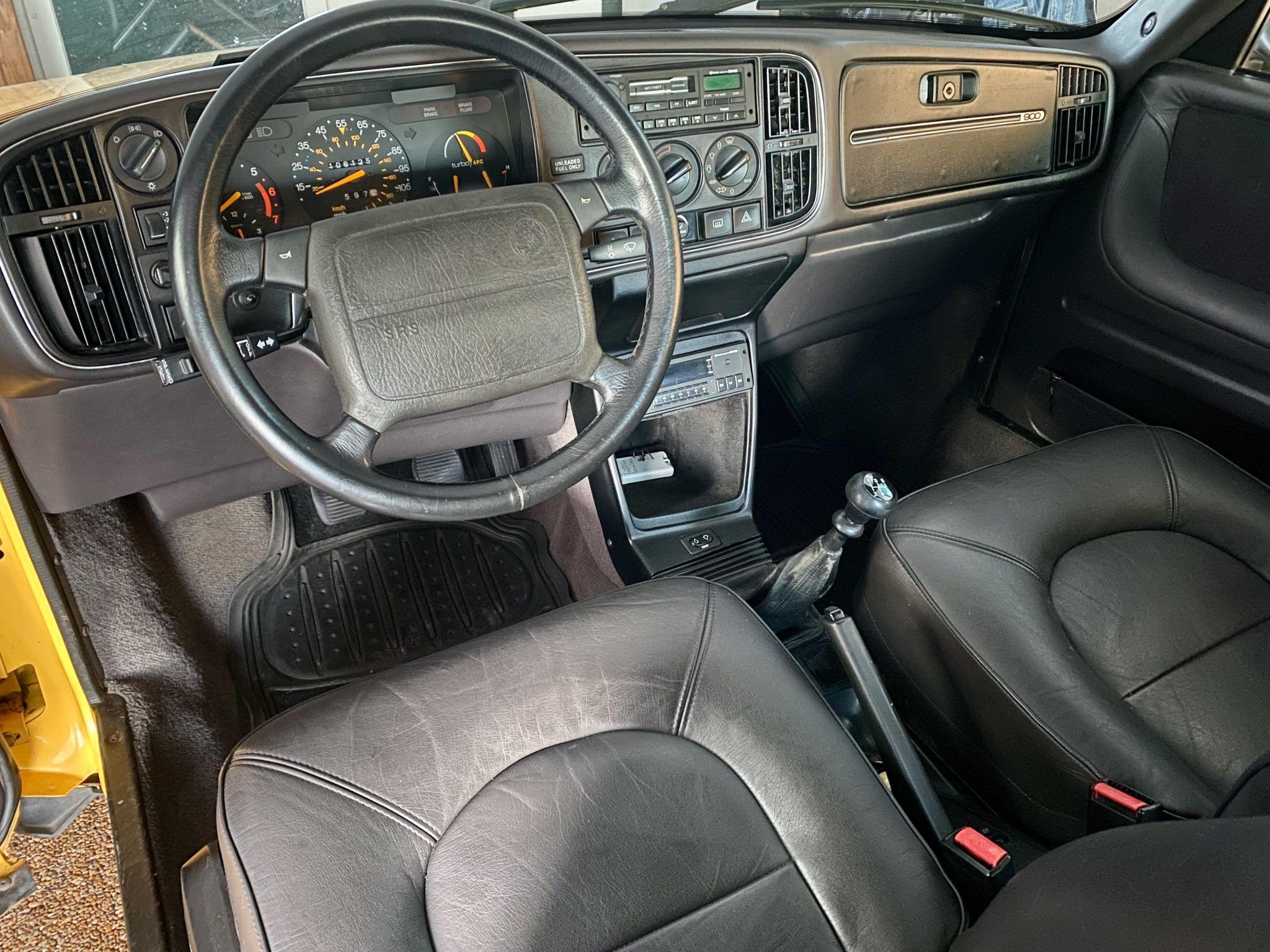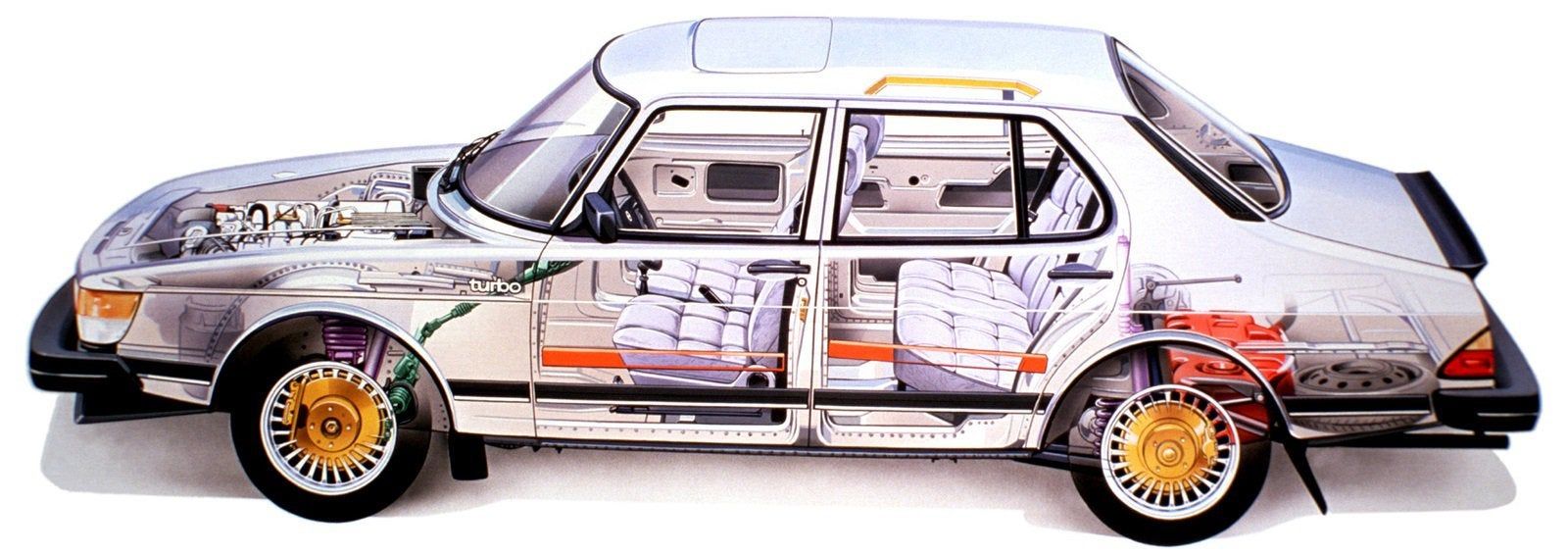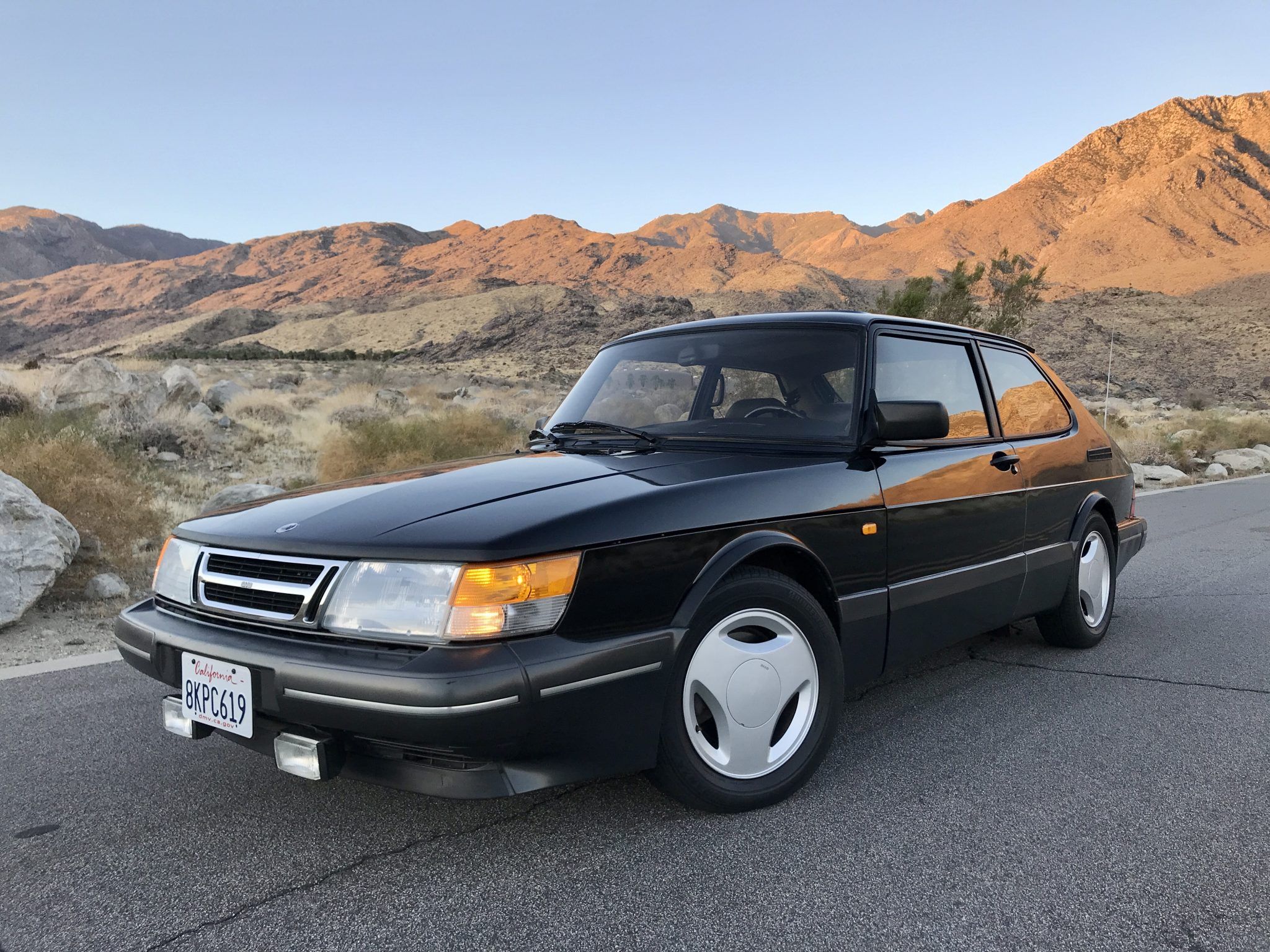The first generation Saab 900 is Saab's most pivotal product of all time. The compact classic car is responsible for establishing the minuscule Swedish aircraft manufacturer as a serious contender against other European brands. The iconic car brings unique Swedish styling, turbo performance, and unique driving dynamic to those with an eye for the unusual.
The first generation 900 is a truly unique product that is available in five different body styles. Following a GM buyout of the Saab auto division in the 1990s, many newer Saabs fail to capture hearts in the same manner as the original 900. Now, in another renaissance, the Saab 900 is once again charging those that are seeking a driving experience that is truly different by design.
1978-1993 Saab 900
- Center Console Ignition
- Clarion Sound System
- Engine/Motor: 2.0-2.1-liter I4
- Horsepower: 107-185
- Torque: 127-201 LB-FT
- Drivetrain: FWD
- Transmission: Three-Speed Automatic/Five-Speed Manual
- Incredibly Safe For The Era
- Great Tuning Potential
- Not Easily Recognizable
- Poor Aftermarket Parts Availability
Offbeat Power Source
The power source of the Saab 900 is just as radical as the rest of the car. The basic block design came from British company Triumph, though it is hardly recognizable beneath layers of technology given the Saab sophistication treatment. Bosch 'Jetronic' fuel injection provides juice to the engine. The revolutionary Saab APC (Automatic-Performance-Control) system modulates the throttle and boost to allow the engine to operate at a high compression ratio without risk of damage. A knock sensor ensures safe operation even in the most precarious of scenarios. Early turbo variants use a turbocharger from Garrett and later iterations from Mitsubishi (newer models feature an intercooler for better performance and turbo longevity.)
The base 8-valve 2.0-liter four-cylinder engine produces 107 horsepower and 122 lb-ft of torque. The 16-valve non-turbo four-cylinder produces 116 horsepower and 146 lb-ft of torque. The base 900 turbo four-cylinder produces 158 horsepower. The 900 Turbo SPG (Special Performance Group) produces 175 horsepower or 185 horsepower the "Red-Box" option, which is a dealer optional performance APC module. Physically, the image mounts longitudinally and backward within the engine bay with drive cables against the cowl and output shaft pointing toward the grille. Power feeds by chain to the transmission, which mounts perfectly underneath the engine. The entire engine and transmission unit balance with 50/50 weight distribution over the front axles. The drive axles are even in length and help to eliminate torque steer.
Radical Performance In A Small Package
The first generation Saab 90 packs vast performance quantities in a tight package. While the base model 0-60 time is mundane at 12.5 seconds, things get spicier going forward. The standard Saab 900 Turbo reaches 60 in 7.6 seconds, while SPG reaches 60 in 6.7 seconds with the optional performance APC. But straight 0-60 times aren't the 900's forte, its acceleration when already at speed. Thanks to turbo boost, the Saab 900 is quicker from 50-70 mph than its contemporary Porsche 911.
Furthermore, passing from 40-55 happens in just 3.1 seconds. Mid-range boost the 900's secret party trick that still surprises many on the freeway. Handling is also impressive. The sleek under hood design means that the 900 is one of the few front-wheel-drive performance cars with minimal torque steer. Handling is also sublime; the compact, low body mixes with firm suspension makes cornering an enjoyable experience, especially when shifting into third and zooming out.
Engineering With A Passenger Focus
The cabin of the 900 places a clear focus on the driver and passengers. High-back bucket seats ergonomically cradle the torso but remain sharply upright to maintain the driver's focus passively. A leather-wrap steering wheel is directly in front of the driver, 1990 and newer examples feature an airbag. Gauges are clear with significant markings, and a turbo/APC vacuum gauge is also a fun touch. To the cluster's left are controls for headlights, a button for auxiliary fog lamps, and automatic seat heating intensity. When the cars' heater is on, the seat heating automatically turns on and off to maintain a comfortable ambient seat temperature.
A Clarion cassette stereo and the cars' climate controls are to the right. Regardless of climate settings, the center vents blow outside air; the intention is to provide fresh air to the driver's face at outside temperature to aid alertness. Passengers can shut the vents for those who do not want a breath of fresh air. Just below a sizable ashtray sits a digital equalizer and CD player. The low center console houses controls for the convertible top or sunroof at the front and window switches at the back. The car's ignition also resides here, and the vehicle must be in reverse to remove the key.
However, safety is the main focus in all Saab cars, and the original 900 is one of the foundations of that reputation. The 900 design principle is that consumers should not sacrifice safety in order to drive a compact sports car. The first generation Saab 900 features front and rear crumple zones and a solid safety cage to protect passengers in an accident. A deformable dashboard aids in head injuries for the passenger, while a driver's airbag is standard in 1990 and newer examples. A concave windshield prevents the passenger head from striking. Unique headrests cradle the cranial sacrum and prevent whiplash in rear-impact scenarios. The safety of the 900 is so impressive that an Australian insurance study shows that its safety is average in comparison to modern vehicles. Only four out of 100 accidents require the hospitalization of a passenger—an impressive feat for a car whose design dates to the 1970s.
Pricing On The Rise
The Saab 900 is currently in the midst of a new renaissance. Thanks to popularization in pop culture, the 900 is becoming a status symbol for those who want something boldly different. Values are also responding sharply. At auction, pristine examples of a 900 Turbo SPG are selling for as high as $55,000. While driver-worthy cars regularly go for $10,000 to 15,000. Potential buyers can still find clean, non-special-edition, and non-turbo examples for well under $10,000, but consumers should not wait around as prices will only increase from here. Overall the first-generation Saab 900 is a unique car that provides all-around driving fun in traffic and highway speeds. It is no wonder the market is finally reflecting its engaging combination of versatility and performance.

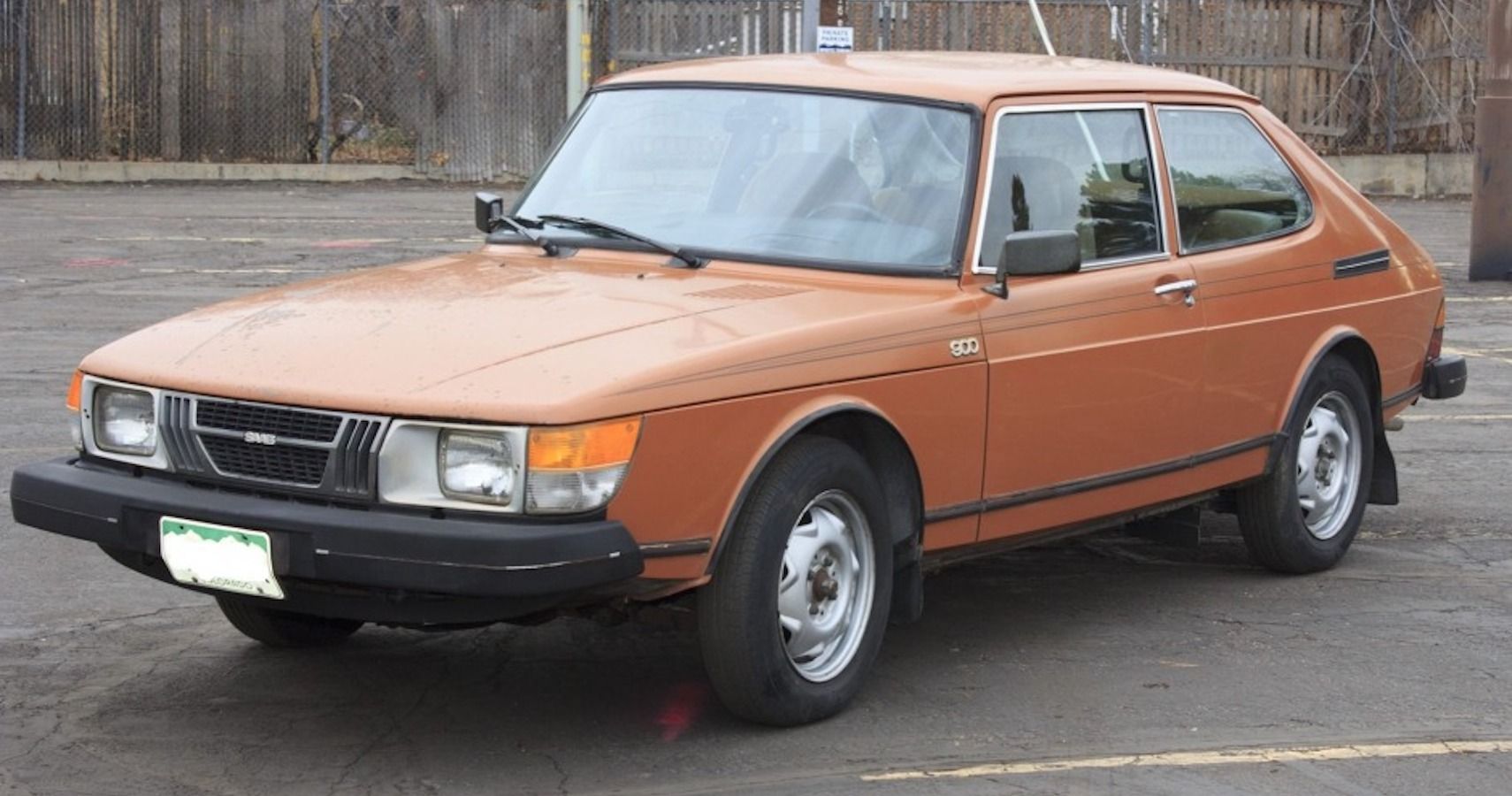
.jpeg)
.jpeg)
.jpeg)
.jpeg)
